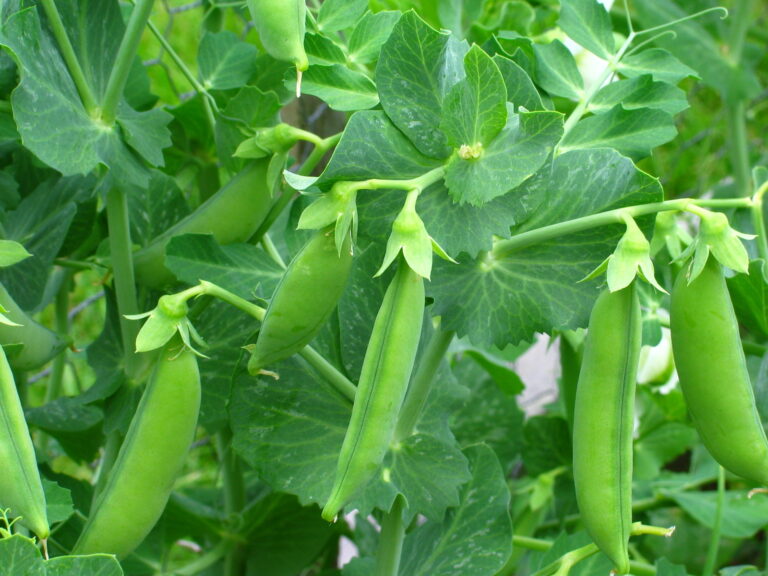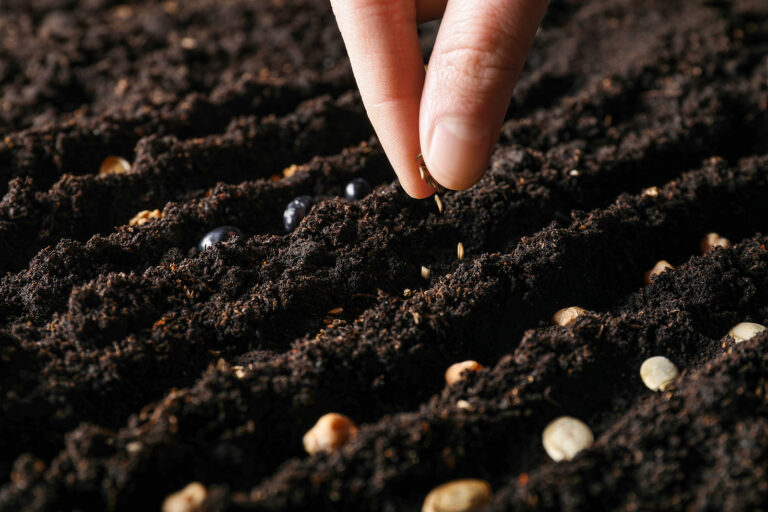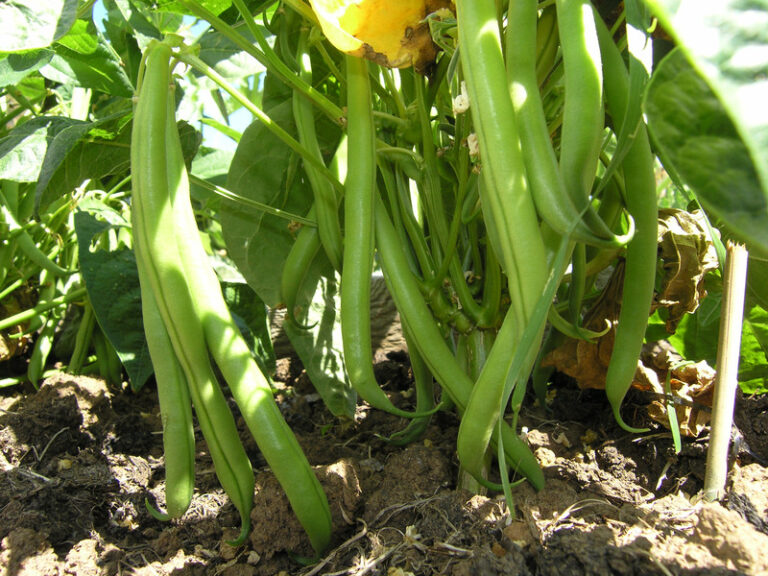How to Rotate Crops to Avoid Fava Bean Diseases
Crop rotation is one of the most effective ways to prevent diseases and maintain healthy fava bean harvests year after year. By changing the location of your fava bean planting each season, you interrupt pest and disease cycles and improve overall soil fertility.
Why Crop Rotation Matters for Fava Beans
Fava beans are legumes, and like other members of the bean family, they are vulnerable to soil-borne diseases such as root rot, rust, and chocolate spot. These diseases can persist in the soil from one season to the next. Rotating crops reduces the buildup of these pathogens and pests that target fava beans and other legumes.
How to Rotate Fava Beans
- Follow a 3- to 4-year rotation cycle. Don’t plant fava beans—or any other legume such as peas, lentils, or soybeans—in the same spot for at least three years.
- Plant fava beans after heavy feeders. Follow crops like corn, brassicas (broccoli, cabbage, kale), or leafy greens with fava beans. These crops deplete nitrogen, while fava beans help restore it by fixing nitrogen in the soil.
- Avoid planting after legumes. If you grew peas or beans in a bed this year, choose another crop family before planting fava beans there again.
- Rotate by plant family. After fava beans, plant crops from non-legume families—such as root vegetables, leafy greens, or fruiting crops like tomatoes or peppers.
Example 4-Year Rotation Plan
| Year | Crop Family | Example Crops |
|---|---|---|
| Year 1 | Legume | Fava beans, peas, lentils |
| Year 2 | Brassica | Broccoli, kale, cabbage |
| Year 3 | Root | Carrots, beets, onions |
| Year 4 | Fruit or Leafy | Tomatoes, peppers, spinach |
Additional Tips for Disease Prevention
- Remove plant debris after harvest to prevent disease overwintering.
- Add compost annually to improve soil microbial balance.
- Avoid compacted or poorly drained soil where root diseases thrive.
My Experience:
After decades of growing fava beans in rotation with brassicas and root crops, I’ve found that soil stays healthier, plants grow stronger, and disease problems nearly disappear. A simple four-year rotation plan can transform the vitality of your vegetable garden.
🌿 Detailed Crop Rotation Chart for Fava Beans
| Crop Family | Example Crops | When to Plant in Rotation | Effect on Soil | Best Next Crop Family | Why It Works / Notes |
|---|---|---|---|---|---|
| Legumes | Fava beans, peas, lentils, soybeans, green beans | Once every 3–4 years in a bed | Fix nitrogen; improve soil fertility; may harbor root rot pathogens if repeated too soon | Brassicas (broccoli, kale, cabbage, cauliflower) | Brassicas use the nitrogen fixed by fava beans; rotation breaks disease cycles like chocolate spot and rust. |
| Brassicas | Broccoli, cabbage, kale, collards, cauliflower | Year after fava beans | Heavy feeders; use nitrogen efficiently | Root crops (carrots, beets, turnips, onions) | Root crops follow well after nitrogen-demanding brassicas; soil is looser and nutrient-balanced. |
| Root Crops | Carrots, beets, radishes, onions, garlic | Year 3 (after brassicas) | Light feeders; improve soil structure; help reduce surface pests | Fruiting crops (tomatoes, peppers, eggplant) | Fruiting crops benefit from clean, disease-free soil and moderate fertility. |
| Fruiting Crops | Tomatoes, peppers, squash, cucumbers | Year 4 | Heavy feeders; deplete soil nutrients | Legumes (fava beans, peas) | Completing the cycle: legumes restore nitrogen, preparing the soil for the next round. |
| Leafy Greens | Lettuce, spinach, chard, endive | Anywhere between heavy feeders | Moderate feeders; keep soil covered; suppress weeds | Legumes or roots | Good gap fillers that maintain soil life and prevent erosion between main rotations. |
| Grains / Cover Crops | Oats, rye, barley, wheat, buckwheat | Between rotations or off-season | Add organic matter, suppress weeds, capture nutrients | Any crop family | Excellent for rebuilding soil health, structure, and microbial activity. |
🌀 Sample 4-Year Fava Bean Crop Rotation Cycle
| Year | Crop Family | Example Crops | Soil Effect |
|---|---|---|---|
| Year 1 | Legumes | Fava beans, peas | Fix nitrogen, improve soil fertility |
| Year 2 | Brassicas | Broccoli, kale, cabbage | Use nitrogen, suppress diseases |
| Year 3 | Roots | Carrots, beets, onions | Light feeders, clean the soil |
| Year 4 | Fruiting Crops | Tomatoes, peppers, squash | Heavy feeders, deplete nutrients — prepare for next legume cycle |
🌱 Additional Rotation Tips
- Avoid planting fava beans or other legumes in the same spot more than once every 3–4 years.
- Always remove crop residues to prevent soil-borne pathogens from overwintering.
- Add compost or green manure between rotations to replenish organic matter.
- Keep a garden rotation map or journal to track plant families over the years.
Fava Bean Learning Hub
Start here: The Ultimate Fava Bean Growing Guide: From Seed to Harvest
Planting & Growing Basics
- Fava Bean Planting Time by Region
- How Deep and How Far Apart to Plant Fava Beans
- Fava Companion Planting Guide
- Growing Fava Beans in Containers
Soil, Water, and Feeding
- Best Soil for Fava Beans and How to Prepare It
- How to Water Fava Beans for Best Growth
- Feeding Fava Beans Naturally: Compost and Nitrogen Fixing
Care & Maintenance
- How to Care for Fava Beans During the Season
- Managing Weeds Around Fava Beans
- Supporting Fava Beans: Do They Need Staking?
Pest & Disease Management
Harvest, Storage & Preservation
- How to Tell When Fava Beans Are Ready to Harvest
- How to Dry Fava Beans for Long-Term Storage
- How to Store and Preserve Fresh Fava Beans
Varieties & Seed Saving
Cooking & Using Fava Beans
Companion & Related Crops



